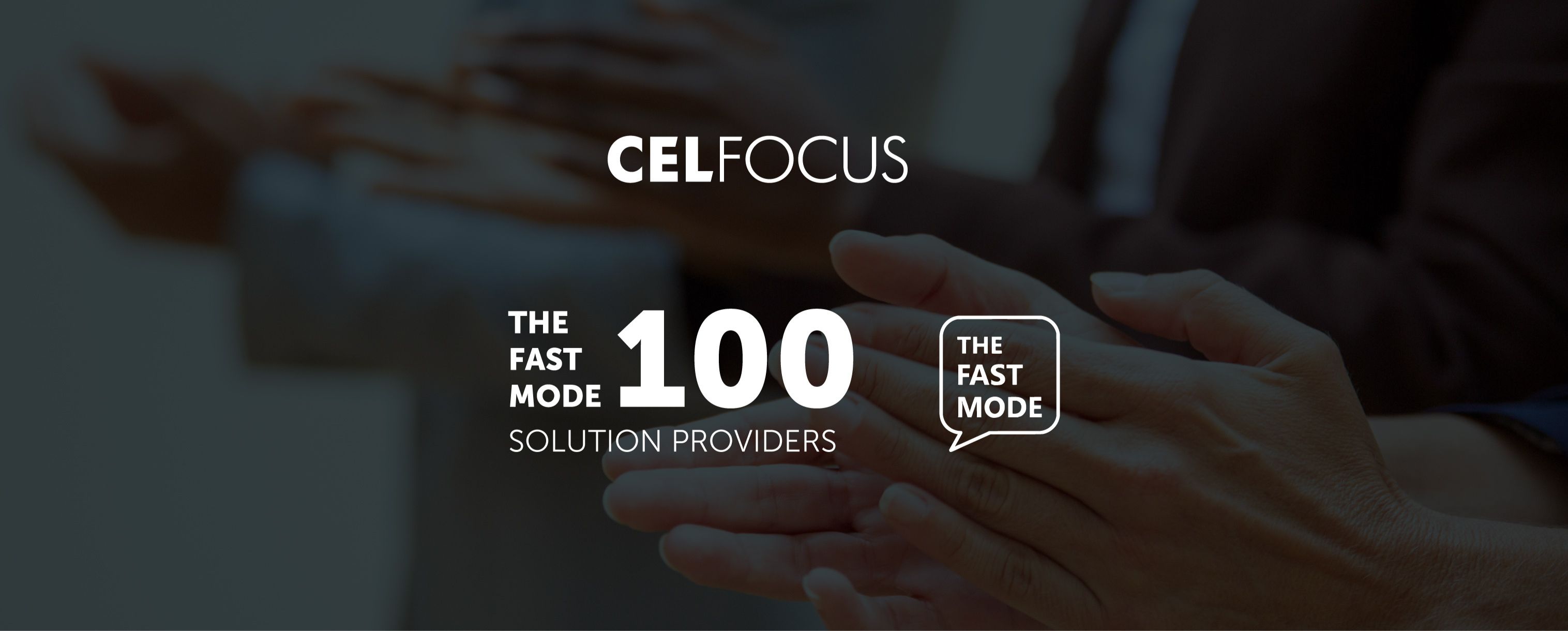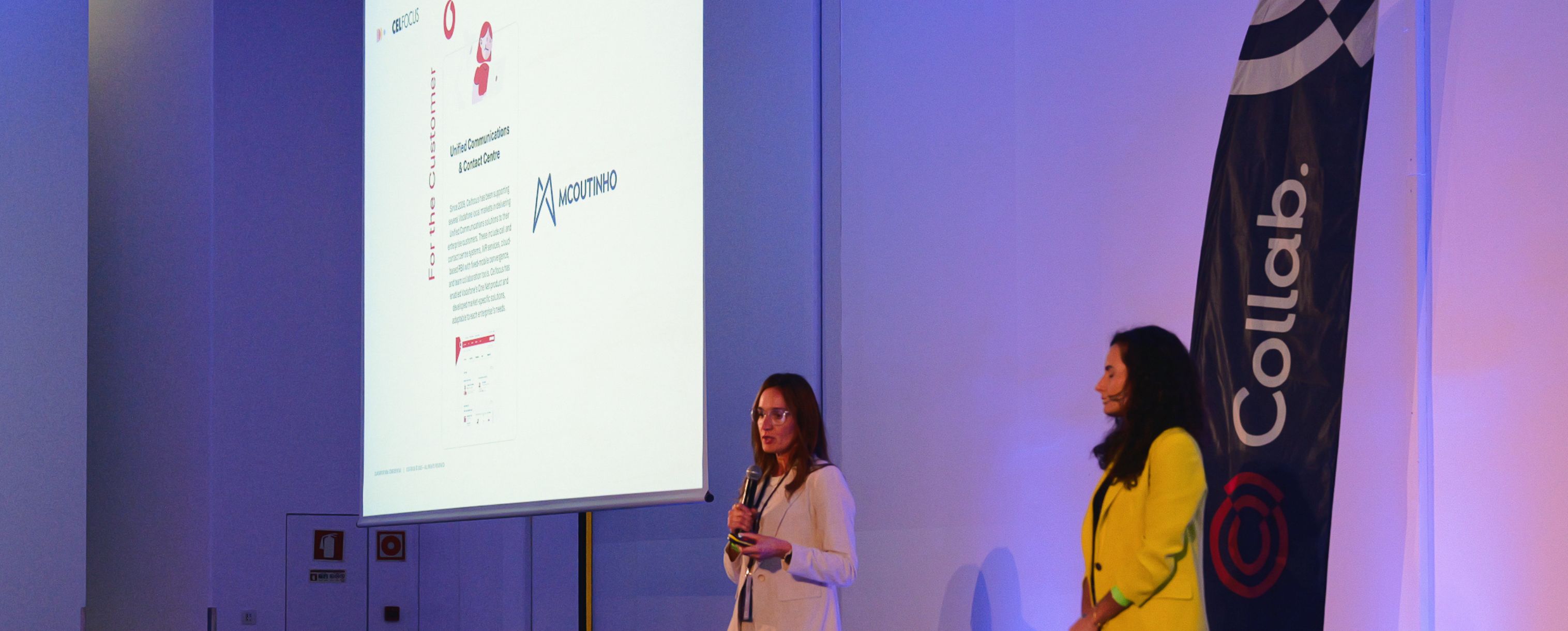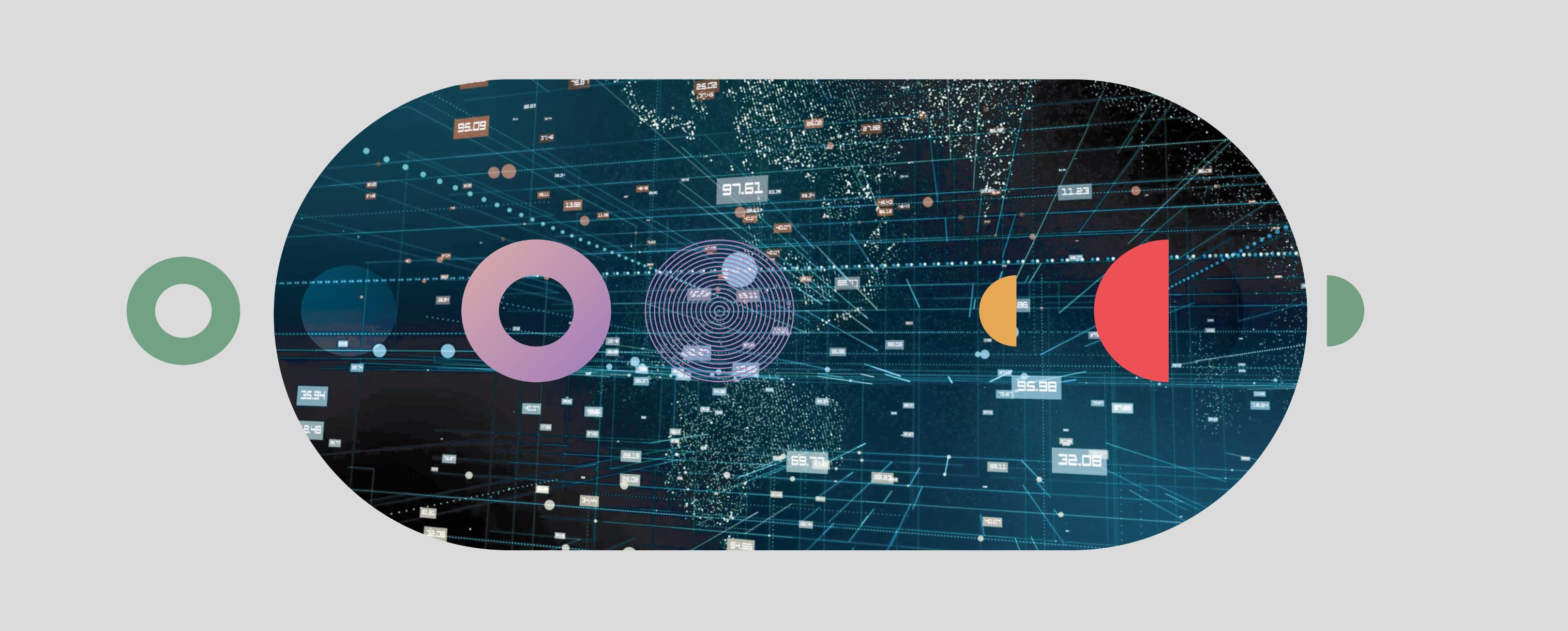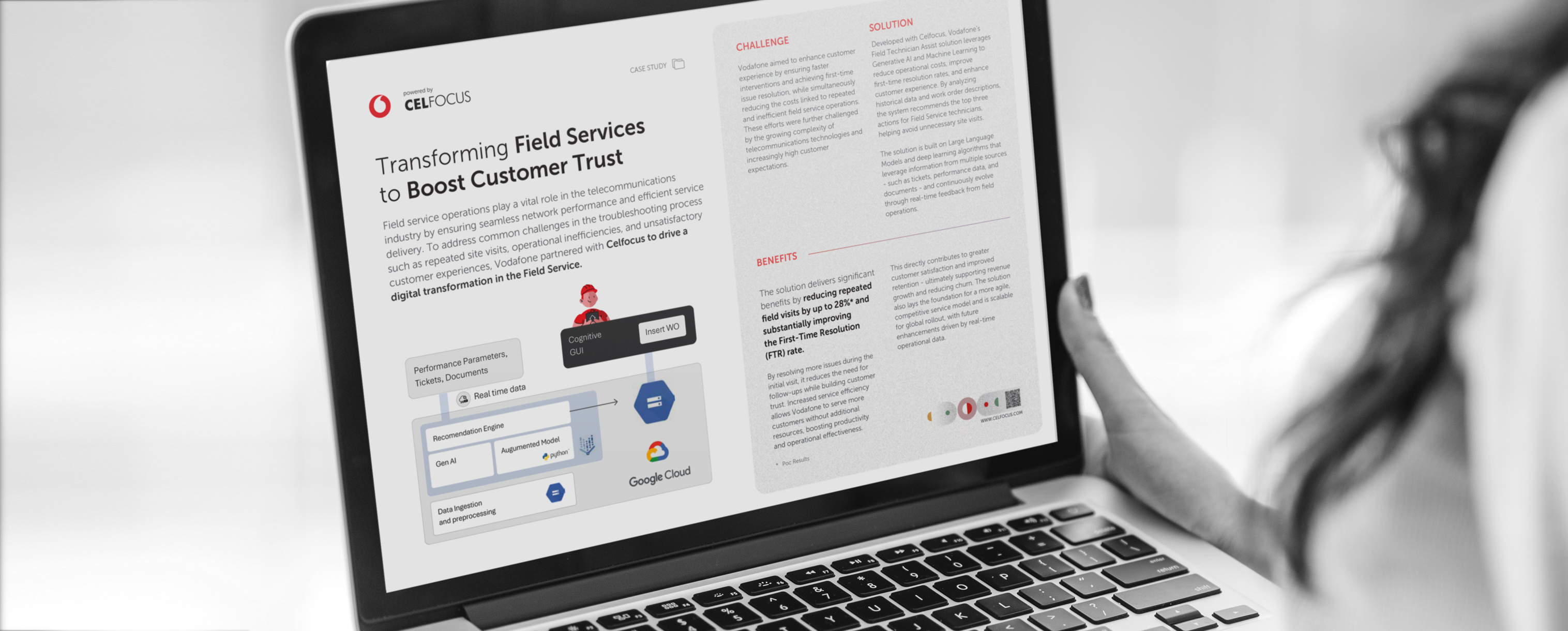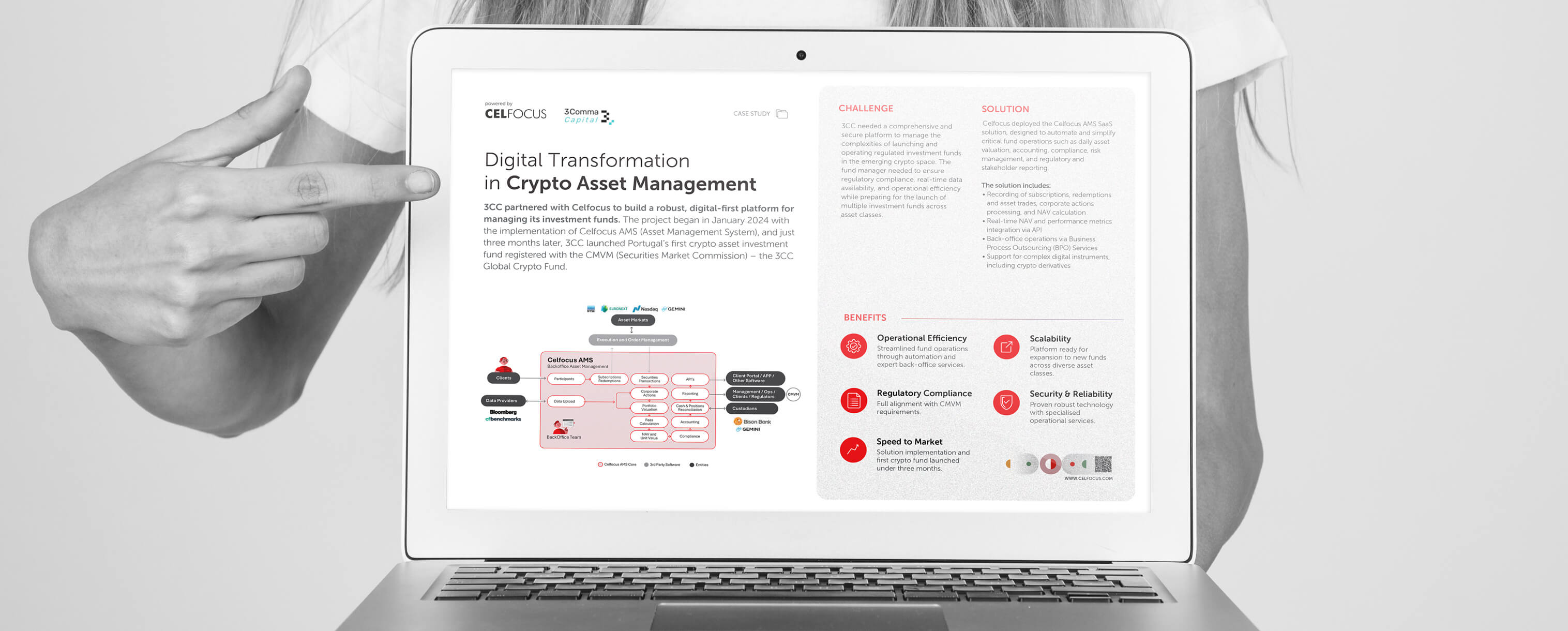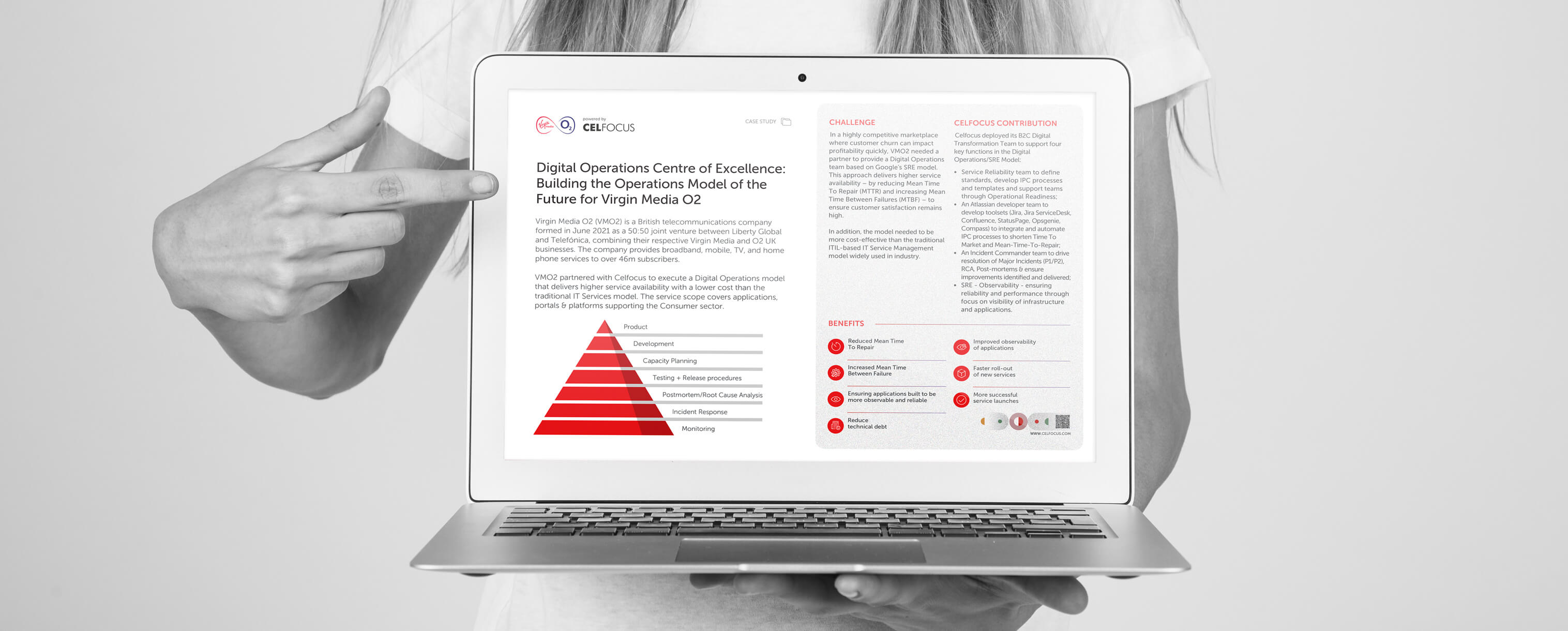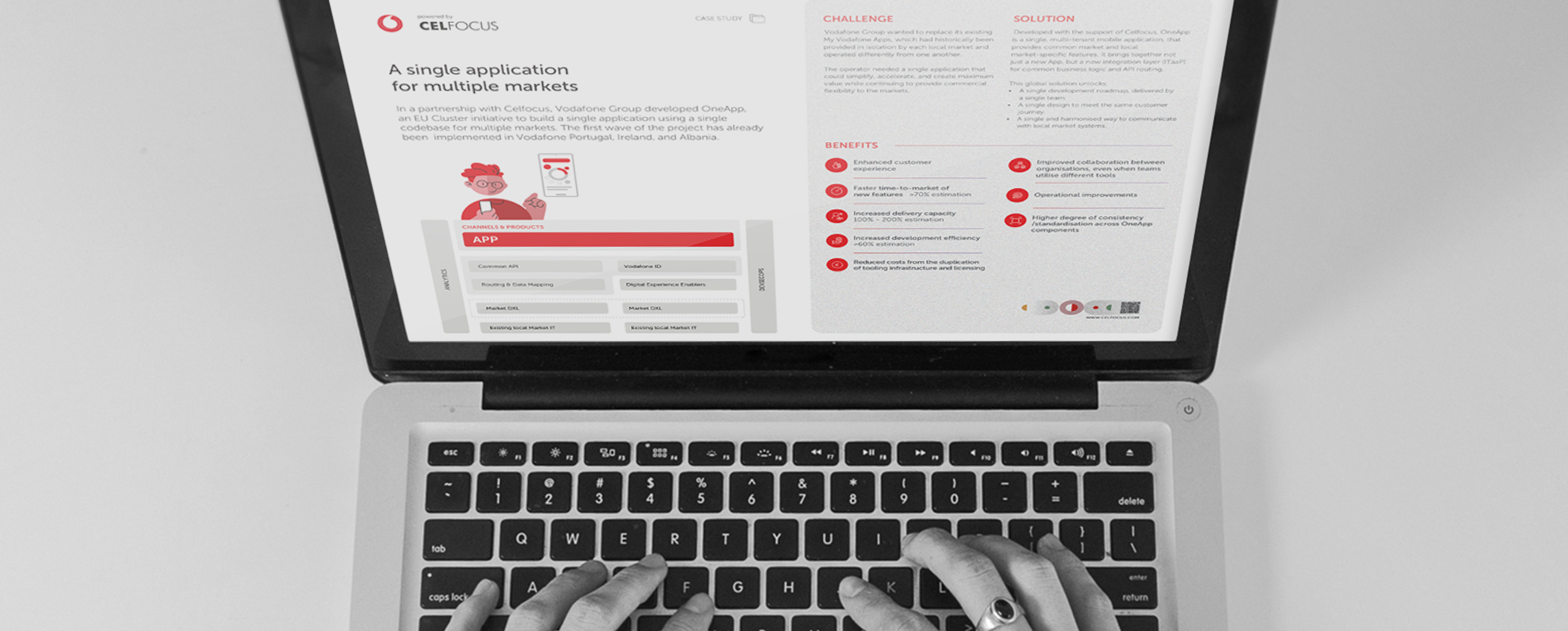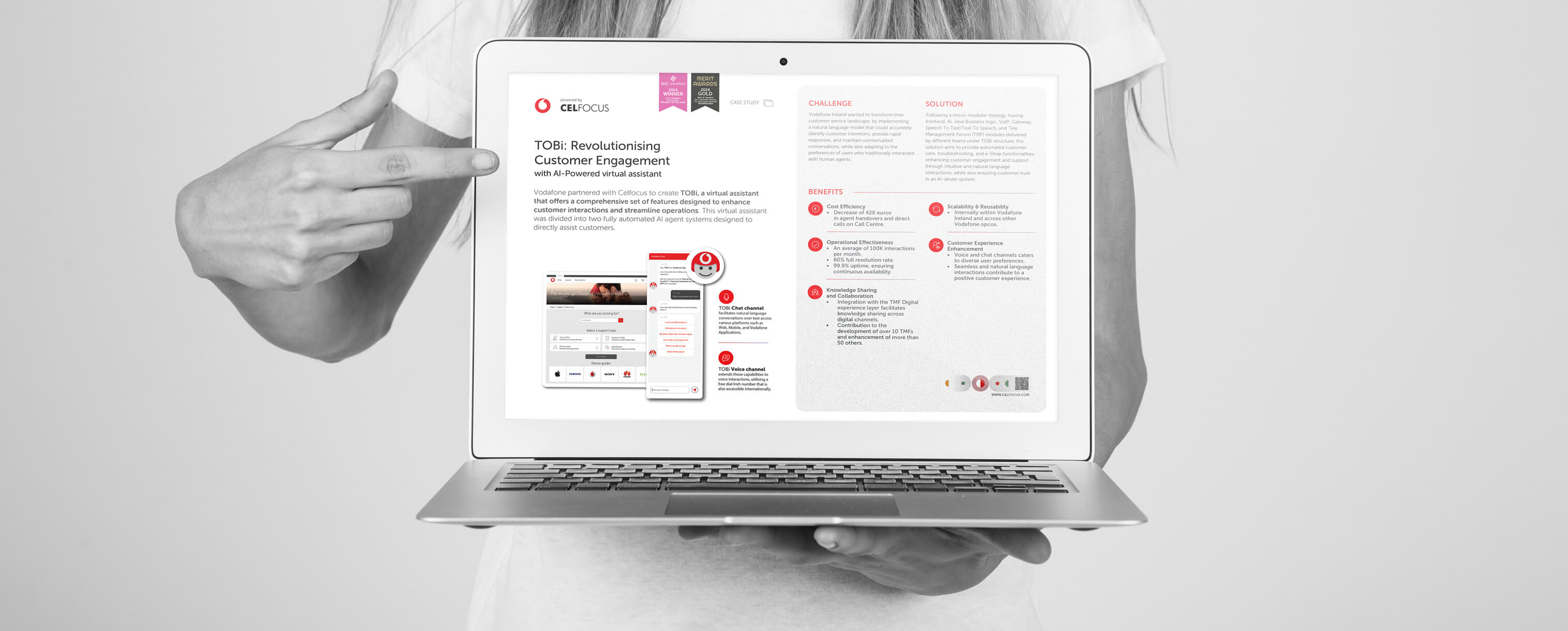|---Module:text|Size:Small---|
Everyday we go out, get on the bus, swipe the metro pass, pass by the coffee shop, pay with your phone and walk to work while listening to music or to an audiobook. These are just snapshots on how we use technology, not as a tool but rather as a part of daily life.
Technology is an integral part of our daily routines, specially for alpha generation individuals, who see digital connectivity as important as an utility such as power, water or heating.
Today, the challenge is to build services and technologies that serve the user’s needs but interweaves the user’s daily lives. So, in the building age of phygital, the question is: “how do you build technologies that interweave users’ everyday life?”
First, we need to understand the product’s audience and to have a clear picture of how users perceive the problem space in which the product will dwell.
Different generations have different takes on technology. If you consider the local context in which the product will act, usually until today, you would expect a clear separation between tech-savvy and non-savvy users. This strategy is a result of only focusing on Generation X and Generation Y users.
The fact is that today we are witnessing the rise of Generation Z to the user game. However, in this generation there’s no linear division between tech-savvy and non-savvy users. For them, digital services/tools are part of daily life, so they look to services as something they can do digital or in a physical space.
As they do this, they make a clear choice between the services to use in a digital medium and the ones they feel safer to use in a physical context. The Generation Z perspective expresses the truly omnichannel reality in which a user can start a process in a digital environment, at a certain point, have physical interaction and terminate the service usage again in a digital context.
The “physical equal to digital” reality presents a challenge to service providers on how to engage their users – so, what should we do?
The National Bank of Greece realised that users spend some time in queues in its branches and so focused on improving the experience with a digital pass to have an opportunity to use the time they would idly wait to use the branch. Learn more here.
A Singaporean bank (DBS) opted by first understanding the habits of its customers and crawl into a typical daily practice to drink coffee. By so, the bank built a branch where customers can enjoy a coffee while taking the opportunity to profit from the banking services available in the same space. Learn more here.
The take
Both banks took advantage of understanding their users’ daily habits/struggles to build a product that brings value to their clients.
The opportunities rely not only on delivering services to answer the users’ needs, but also on identifying where in their life those services are integrated and blended.
In the end, by disappearing in the user’s daily lives and becoming a common household item in the users’ lives, they don’t need to choose to use it, they assume it as a need.
References
Mark Weiser’s quote: https://www.azquotes.com/quote/642946





